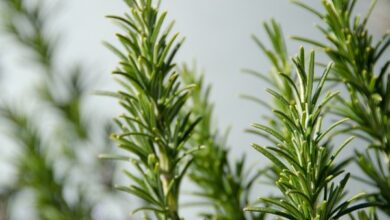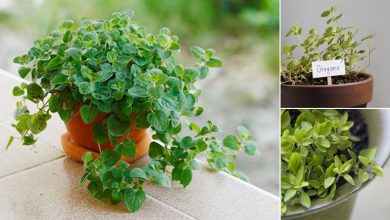Bidens: [Cultivation, Irrigation, Care, Pests and Diseases]
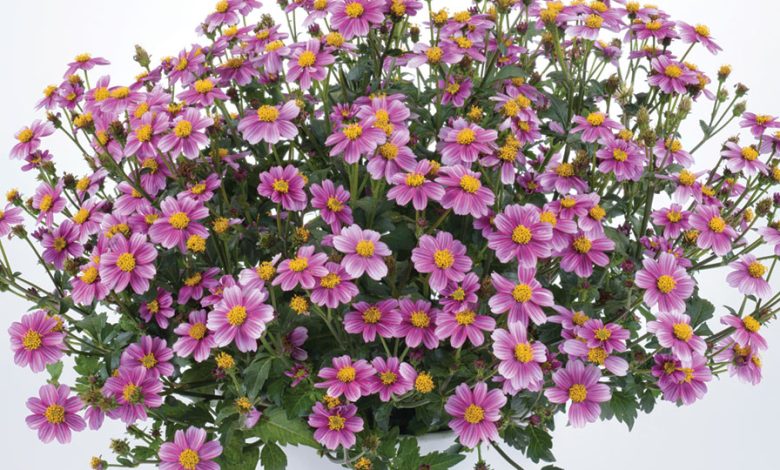
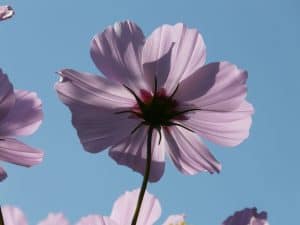 Bidens is a genus in the Asteraceae family. It is composed of 250 species distributed throughout the world. Although they are ruderal and do not have great economic value, they are used as ornamental and medicinal plants.
Bidens is a genus in the Asteraceae family. It is composed of 250 species distributed throughout the world. Although they are ruderal and do not have great economic value, they are used as ornamental and medicinal plants.
Among all the species, the Bidens aurea is one of the best known specimens and this guide will cover the information on its cultivation.
The Bidens aurea is a species native to the southern United States, Mexico and Guatemala. It lives mainly in crop fields, meadows and in environments highly altered by humans.
It is used as an ornamental, fodder and medicinal plant. However, since its rapid spread through various countries, it has been considered an invasive plant in natural wetlands.
The word biddens comes from the Latin bis, which means twice, and dens means tooth. This name refers to the shape of the seed capsule.
Important points when planting bidens
- Scientific name: Bidens aurea.
- Common Name: Bidens, aceitilla, country tea, black tea, fine tea, Mexican tea, American tea.
- Height: 1 to 1.5 meters.
- Light requirement: Direct light.
- Temperature: Warm and temperate climates (19ºC).
- Irrigation: Moderate.
- Fertilizer: Liquid or organic fertilizer.
What features does bidens have?
Bidens is a short -lived, robust herb that grows to between 50 centimeters and 2 meters in height. It is characterized by its showy and simple yellow flowers that adorn the edges of the roads during the fall and winter.
It is composed of a quadrangular stem, green and purple. Its leaves are variable, they change shape at different heights of the stem. They are generally simple, lance-shaped and with small hairs.

Like other flowers of the Asteraceae family, the bidens flower is an inflorescence composed of bracts and ray flowers, yellow or cream in color, with a yellowish central disk. It reaches a radius of 20 to 35 millimeters.
The fruits of this plant are black achenes or cypselas, which have a slightly quadrangular shape and are dispersed with the help of the wind by means of straw-colored vines.
When to sow bidens?
The most appropriate time to plant bidens from seed is during spring and early summer. On the other hand, in the case of growing it by division, it is recommended to do it during the spring and autumn.
Where to plant bidens?
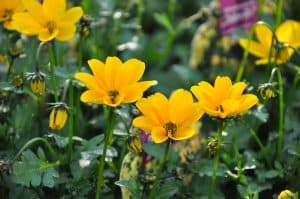 The Bidens aurea is typical of warm and temperate zones. In fact, it is thermophilic, that is, it requires high temperatures to develop properly.
The Bidens aurea is typical of warm and temperate zones. In fact, it is thermophilic, that is, it requires high temperatures to develop properly.
Although it tolerates cold, it should be located in regions where the temperature is not lower than -5ºC, with 19ºC being the optimum temperature for cultivation.
On the other hand, Bidens aurea is a plant that does not grow in the shade; rather, it needs to be located where it receives direct sunlight for most of the day, or at least 4 hours a day.
This plant can also be located in semi-shade. However, the lack of sunlight will cause the plants not to develop properly; these will look longer and produce fewer flowers.
Likewise, this plant can be established in home gardens, in country settings, in informal gardens, in flower beds in the city or in any landscaped area.
How to prepare the land?
The bidens plant is best grown in humid areas, in soils rich in organic matter and retaining moisture in full sun, especially during the growth period.
Regarding its composition, bidens prefers to establish itself in substrates with a pH of 5.5 to 6.3 and in those in which the nitrogen content in its composition is significant.


On the other hand, it is possible to enrich the plant substrate with liquid or organic fertilizer once every two weeks during the spring. However, fertilization is not necessary if it is in good soil.
How do we water bidens?
The bidens is a species that by nature is found in humid places. In fact, those conditions are essential for its germination and growth; soil should be kept consistently moist.
However, water needs decrease as the plant matures, reaching the point where it becomes tolerant to drought for short periods.
How often do we water the bidens?
Being in humid areas, the bidens plant needs occasional and deep watering. It can be applied once a week.

How to plant a bidens step by step?
The also called aceitilla reproduces frequently through vegetative reproduction or by seed. The steps of each method are shared below.
by seeds
- Place the seeds on the surface and cover it thinly with substrate. Keep the substrate moist and wait 3 weeks for them to germinate.
- When they have germinated and sprouted a couple of true leaves, transplant them into individual pots and let them grow indoors until the end of May.
- In order for the plants to develop stronger stems, it is recommended to reduce the leaves of the seedlings at 3 weeks and at one month of age.
- Transplant during the spring, after the last frosts.
by cuttings
- Cut a 4- to 6-inch-long stem from a mature bidens plant with a clean, disinfected knife or scissors.
- Make a small hole in a pot with a substrate made up of sand and perlite. Insert the cutting to half its length and gently press the substrate.
- Water abundantly without allowing the substrate to become waterlogged.
- Keep the cutting in a lighted area, without receiving direct sunlight.
What care does bidens need?
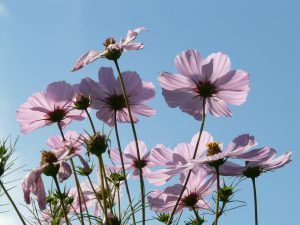 The bidens plant can survive in difficult places, so it generally does not need much care.
The bidens plant can survive in difficult places, so it generally does not need much care.
In fact, it usually reproduces by itself, for this reason it is important to take control actions if you do not intend to spread it in the garden.
On the other hand, it is recommended to plant them in frost-free areas to favor their growth the following year.
What pests and diseases affect bidens?

The bidens is a plant that is usually very resistant to pests and diseases. However, it can sometimes be affected by aphids, whiteflies , or powdery mildew.
References
- http://www.animalrecord.net/Atlas_Plantas_Aloctonas_Espana.pdf
- http://www.lifemedwetrivers.eu/sites/default/files/documentos/33_bidens_aurea.pdf
- https://bibliotecadigital.ipb.pt/bitstream/10198/18300/1/pauta-relatorio.pdf
- https://en.wikipedia.org/wiki/Bidens_aurea
- https://www.asturnatura.com/especie/bidens-aurea.html
- http://temperate.theferns.info/plant/Bidens+aurea

